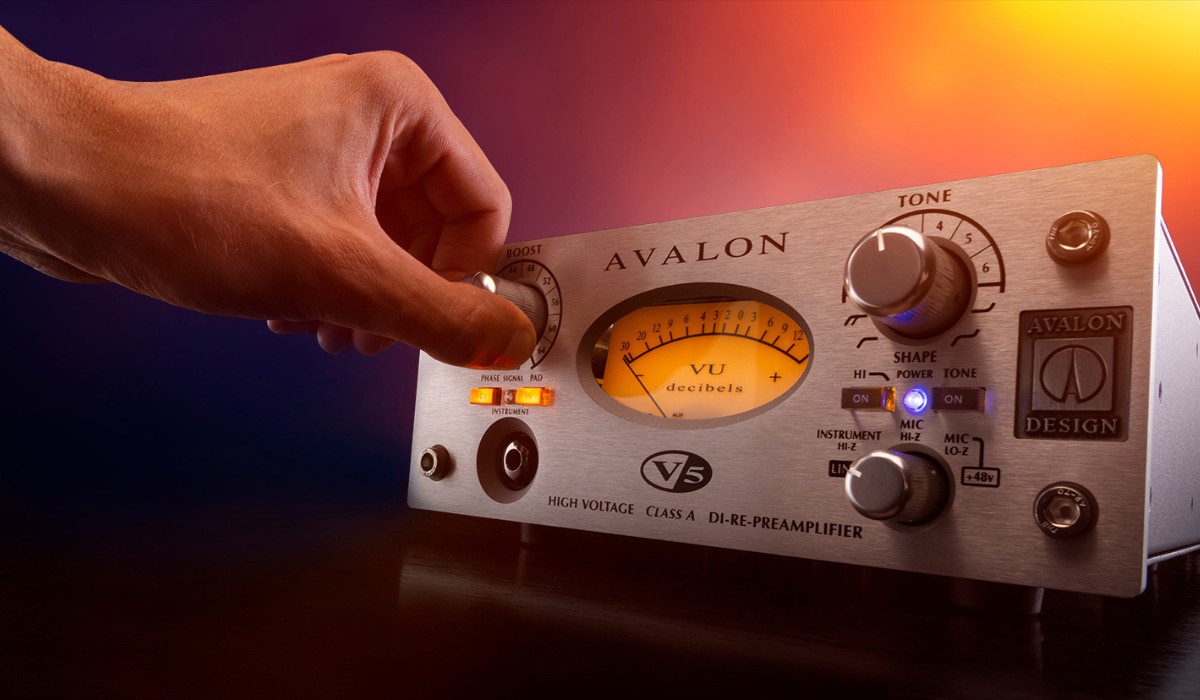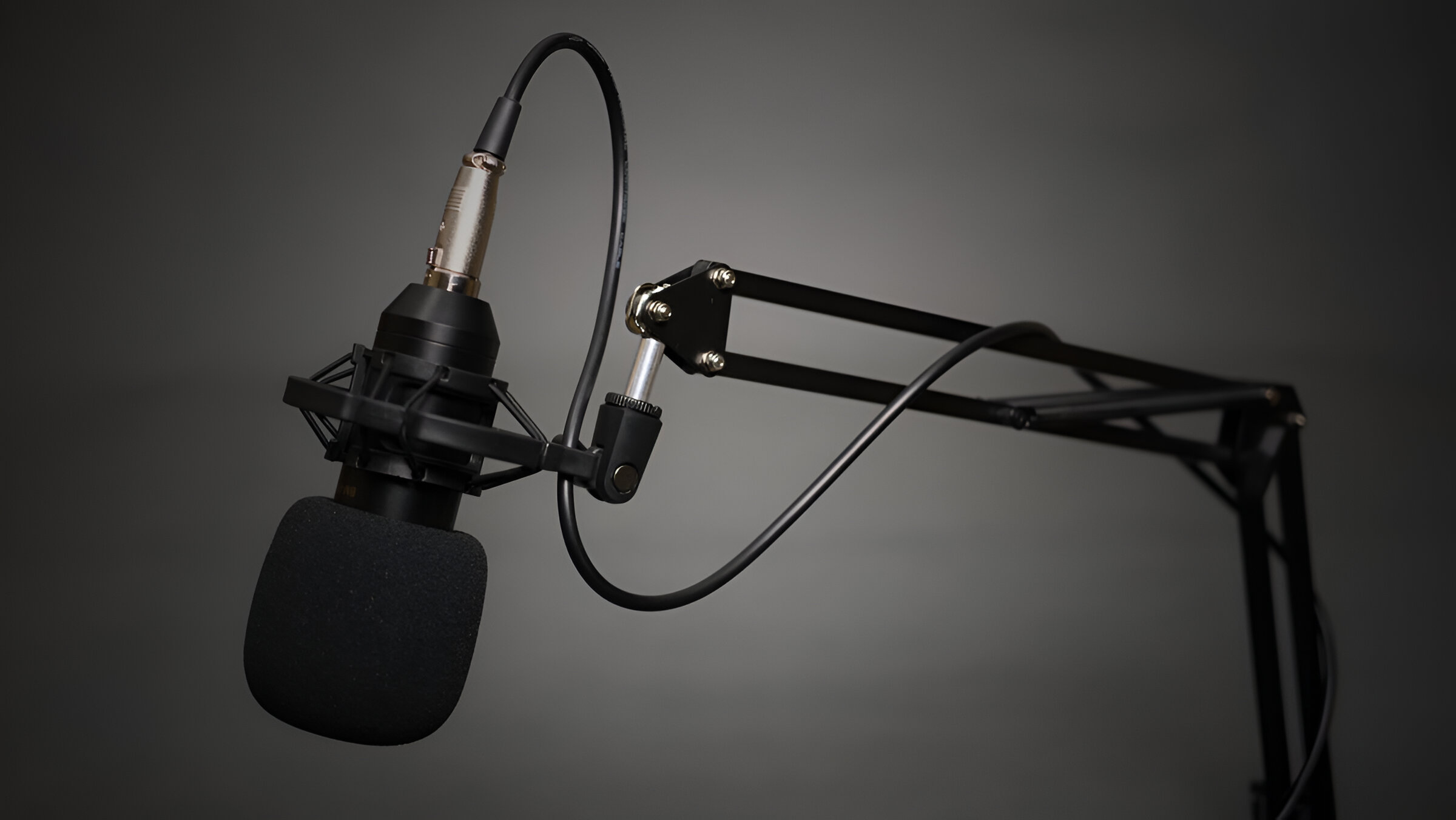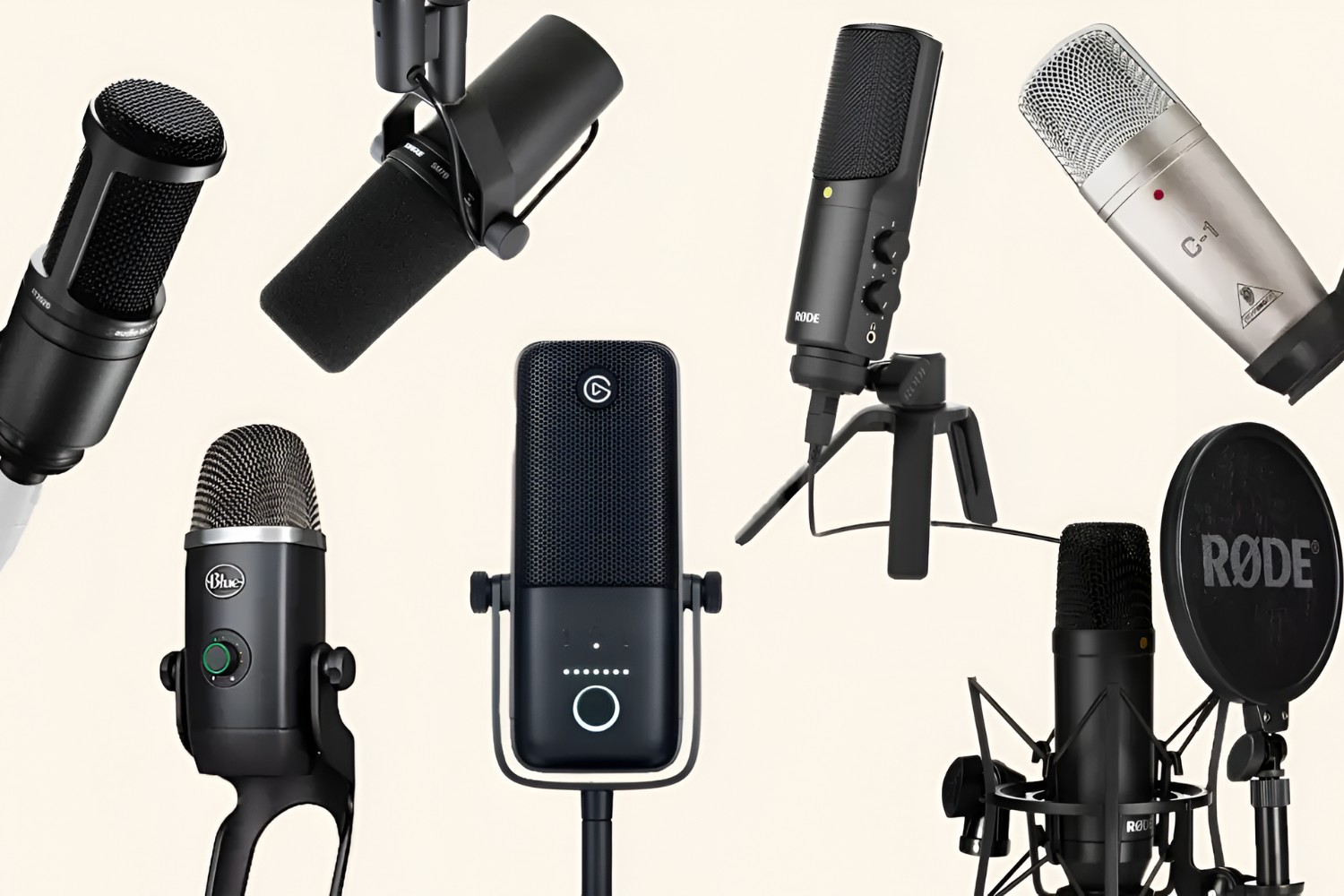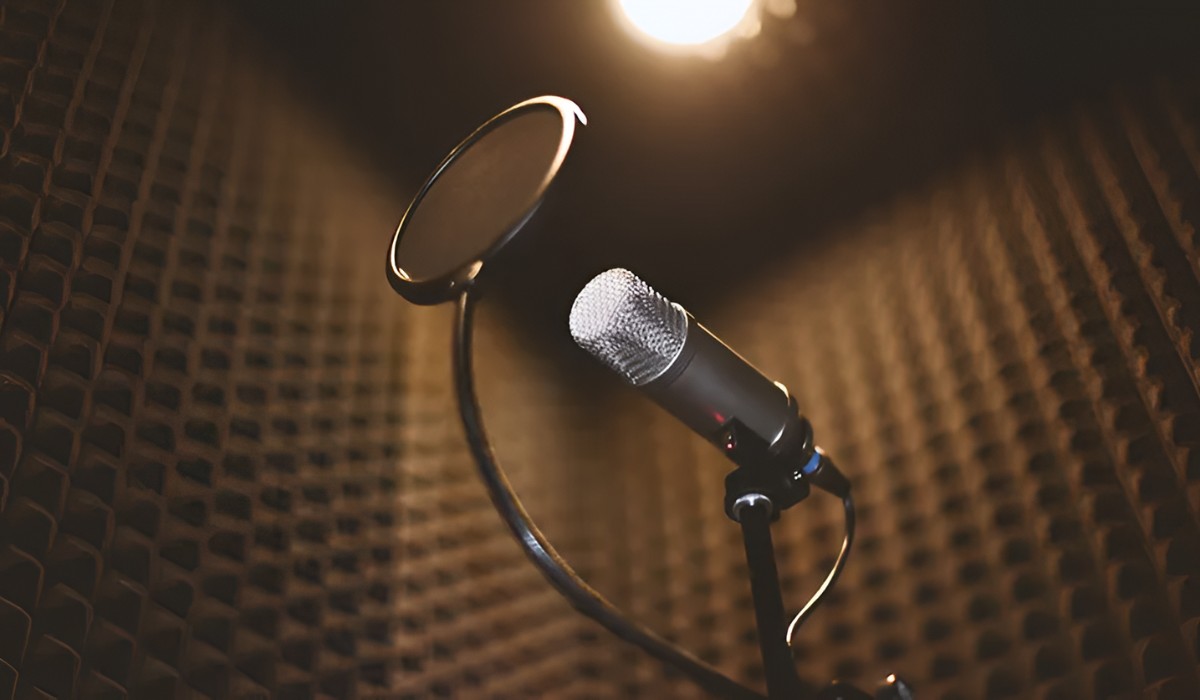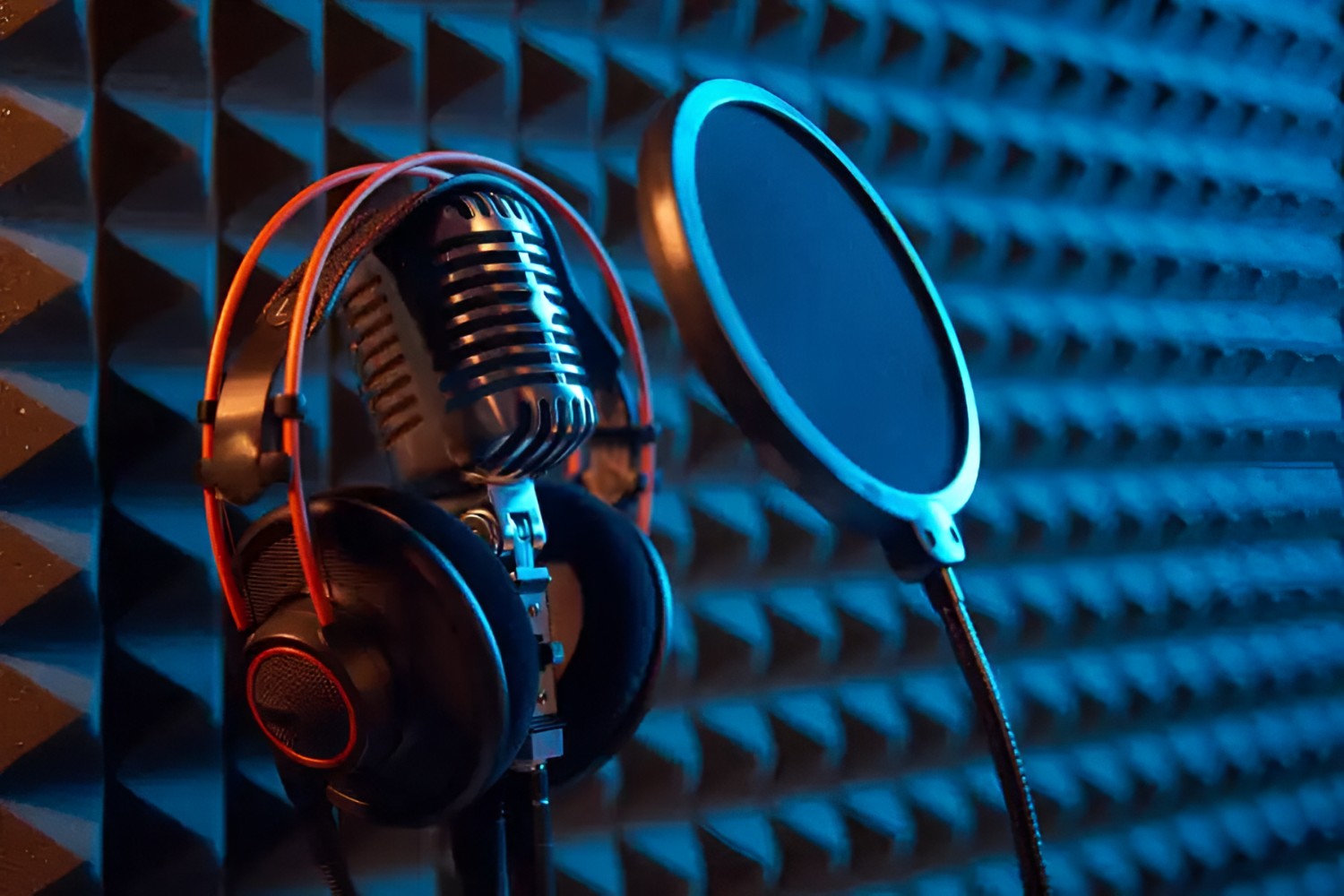Introduction
Introduction
When it comes to capturing sound, whether it's for professional recording, live performances, or podcasting, the choice of microphone can significantly impact the quality and character of the audio. Two common types of microphones used in various audio applications are dynamic and condenser microphones. Understanding the differences between these two types of microphones is crucial for selecting the most suitable option for specific recording or performance needs.
Dynamic and condenser microphones each have unique characteristics that make them suitable for different situations. From their construction to their sound quality and sensitivity, these microphones vary in several aspects, and knowing these differences can help users make informed decisions when choosing the right microphone for a particular application.
In this comprehensive guide, we will delve into the key dissimilarities between dynamic and condenser microphones, exploring their construction, sound quality, sensitivity, and applications. By the end of this article, you will have a clear understanding of the distinctive features of dynamic and condenser microphones, empowering you to make informed decisions when selecting the ideal microphone for your specific audio needs.
Overview of Dynamic Microphones
Dynamic microphones are rugged, versatile, and widely used in various audio applications. These microphones operate on electromagnetic induction to convert sound waves into electrical signals. They are known for their durability and ability to handle high sound pressure levels, making them suitable for capturing loud sound sources such as guitar amplifiers, drums, and live vocals.
One of the key components of a dynamic microphone is the diaphragm, which is attached to a coil of wire placed within the magnetic field of a permanent magnet. When sound waves hit the diaphragm, it moves the coil within the magnetic field, generating an electrical current that corresponds to the sound waves’ characteristics.
Dynamic microphones are known for their robust construction, making them ideal for on-stage use and outdoor recording. They are less sensitive to moisture and temperature variations, ensuring consistent performance in diverse environments. Additionally, dynamic microphones do not require external power sources, as they generate electrical signals through electromagnetic induction, making them convenient for portable and live sound applications.
These microphones are favored for their ability to handle high volume levels without distortion, known as their high SPL (Sound Pressure Level) handling. This characteristic makes dynamic microphones suitable for capturing loud and powerful sound sources with clarity and accuracy.
Overall, dynamic microphones are valued for their durability, versatility, and ability to handle high SPL, making them a popular choice for live sound reinforcement, instrument amplification, and recording applications where ruggedness and reliability are essential.
Overview of Condenser Microphones
Condenser microphones, also known as capacitor microphones, are renowned for their exceptional sensitivity and wide frequency response, making them a preferred choice for studio recording, vocal performances, and capturing subtle sound details. Unlike dynamic microphones, condenser microphones utilize an electrostatic principle to convert sound waves into electrical signals.
At the core of a condenser microphone is a diaphragm that is placed in close proximity to a backplate, forming a capacitor. When sound waves hit the diaphragm, it vibrates, causing the distance between the diaphragm and the backplate to change, thereby altering the capacitance and generating an electrical signal proportional to the sound waves’ characteristics.
One of the defining characteristics of condenser microphones is their sensitivity to sound pressure variations, allowing them to capture nuanced sound details and subtle acoustic nuances with exceptional clarity and accuracy. This sensitivity makes condenser microphones well-suited for capturing vocals, acoustic instruments, and ambient sounds in studio environments where precision and fidelity are paramount.
Condenser microphones require external power, typically supplied through phantom power from an audio interface or mixing console, to polarize the diaphragm and backplate, enabling them to function effectively. This power requirement may limit their portability compared to dynamic microphones, but it ensures consistent and high-quality performance, especially in controlled studio settings.
These microphones are also known for their low noise floor and extended frequency response, allowing them to capture a wide range of frequencies with exceptional clarity and detail. This makes condenser microphones an ideal choice for capturing the full spectrum of sound, from delicate high frequencies to rich low frequencies, resulting in a more natural and lifelike audio reproduction.
In summary, condenser microphones are prized for their sensitivity, wide frequency response, and ability to capture subtle sound nuances with exceptional clarity, making them indispensable tools for studio recording, vocal performances, and capturing acoustic instruments in controlled environments.
Differences in Construction
The construction of dynamic and condenser microphones differs significantly, impacting their performance and suitability for various applications. Dynamic microphones feature a robust and simple design, making them durable and versatile for on-stage and outdoor use. Typically, a dynamic microphone consists of a diaphragm attached to a coil of wire placed within the magnetic field of a permanent magnet. When sound waves hit the diaphragm, it moves the coil within the magnetic field, generating an electrical current that corresponds to the sound waves’ characteristics. This electromagnetic induction process forms the basis of operation for dynamic microphones, allowing them to effectively capture sound with resilience and reliability.
In contrast, condenser microphones have a more intricate construction, featuring a diaphragm placed in close proximity to a backplate to form a capacitor. This configuration requires external power, typically supplied through phantom power, to polarize the diaphragm and backplate, enabling the microphone to function effectively. The requirement for external power and the delicate nature of the diaphragm and backplate assembly make condenser microphones more suitable for controlled studio environments, where their sensitivity and precision can be fully utilized.
Furthermore, dynamic microphones are known for their ruggedness and ability to handle high sound pressure levels, making them ideal for capturing loud sound sources, such as guitar amplifiers and drums, in live performance settings. Their sturdy construction and resistance to moisture and temperature variations ensure consistent performance in diverse conditions, making them a reliable choice for outdoor recording and live sound reinforcement.
On the other hand, condenser microphones are prized for their exceptional sensitivity and wide frequency response, making them well-suited for capturing vocals, acoustic instruments, and subtle sound nuances in studio environments. Their intricate construction and sensitivity to sound pressure variations allow them to capture nuanced details with exceptional clarity and accuracy, making them indispensable tools for high-fidelity recording and professional audio production.
In summary, the construction of dynamic and condenser microphones significantly influences their durability, sensitivity, and suitability for specific applications. While dynamic microphones excel in ruggedness and reliability for on-stage and outdoor use, condenser microphones shine in their precision and sensitivity for studio recording and capturing subtle sound nuances.
Differences in Sound Quality
The sound quality produced by dynamic and condenser microphones varies significantly due to their distinct design and operating principles. Dynamic microphones are known for their ability to handle high sound pressure levels with resilience, making them suitable for capturing loud and powerful sound sources, such as amplified instruments and live vocals, with clarity and impact. Their robust construction and dynamic transducer mechanism contribute to a warm and smooth tonal character, often favored for their ability to handle aggressive sound sources without distortion. This characteristic makes dynamic microphones well-suited for live sound reinforcement and instrument amplification, where durability and reliability are paramount.
In contrast, condenser microphones are prized for their exceptional sensitivity and ability to capture subtle sound nuances with remarkable clarity and precision. Their electrostatic transducer mechanism and delicate diaphragm-backplate assembly enable them to capture a wide frequency range with exceptional fidelity, making them ideal for studio recording, vocal performances, and capturing acoustic instruments. The extended frequency response and low self-noise of condenser microphones contribute to a transparent and detailed sound reproduction, allowing them to capture the nuances of a performance with remarkable accuracy.
Furthermore, condenser microphones are renowned for their transient response, capturing the rapid changes in sound with exceptional accuracy and detail. This characteristic makes them well-suited for capturing the nuances of vocal performances, acoustic instruments, and complex musical passages, resulting in a more natural and lifelike audio reproduction. The sensitivity and precision of condenser microphones contribute to a nuanced and transparent sound quality, making them indispensable tools for professional studio recording and high-fidelity audio production.
Overall, the sound quality differences between dynamic and condenser microphones stem from their distinct transducer mechanisms, frequency responses, and tonal characteristics. While dynamic microphones excel in capturing powerful sound sources with warmth and resilience, condenser microphones shine in their ability to capture subtle nuances with exceptional clarity and fidelity, making them essential for capturing the full spectrum of sound in studio environments.
Differences in Sensitivity
The sensitivity of dynamic and condenser microphones varies significantly, influencing their ability to capture sound nuances and subtle details in different recording and performance scenarios. Dynamic microphones are known for their relatively lower sensitivity compared to condenser microphones, making them less responsive to subtle sound variations and quieter sound sources. However, this lower sensitivity contributes to their ability to handle high sound pressure levels with resilience, allowing them to capture loud and powerful sound sources without distortion. This characteristic makes dynamic microphones well-suited for live sound reinforcement, instrument amplification, and outdoor recording, where the ability to handle high volume levels is essential.
In contrast, condenser microphones are prized for their exceptional sensitivity, allowing them to capture subtle sound nuances and acoustic details with remarkable clarity and accuracy. The high sensitivity of condenser microphones enables them to capture delicate sound sources, such as vocals, acoustic instruments, and ambient sounds, with precision and fidelity. This makes condenser microphones indispensable tools for studio recording, vocal performances, and capturing nuanced sound details in controlled environments where precision and transparency are paramount.
Furthermore, the high sensitivity of condenser microphones makes them well-suited for capturing transient sound characteristics and rapid changes in sound with exceptional accuracy. This enables condenser microphones to faithfully reproduce the nuances of a performance, resulting in a more natural and lifelike audio reproduction. The ability to capture subtle sound variations and transient details makes condenser microphones essential for professional studio recording and high-fidelity audio production, where capturing the full spectrum of sound with exceptional clarity is crucial.
In summary, the differences in sensitivity between dynamic and condenser microphones significantly impact their ability to capture sound nuances, transient details, and subtle acoustic characteristics. While dynamic microphones excel in handling high sound pressure levels with resilience, condenser microphones shine in their exceptional sensitivity and precision, making them indispensable for capturing subtle sound details and acoustic nuances in studio environments.
Differences in Applications
The distinctive characteristics of dynamic and condenser microphones make them suitable for different applications, catering to diverse recording and performance needs in various environments. Dynamic microphones, known for their ruggedness and ability to handle high sound pressure levels, are commonly used in live sound reinforcement, on-stage performances, and outdoor recording. Their resilience and durability make them ideal for capturing loud sound sources, such as guitar amplifiers, drums, and live vocals, in high-energy performance settings. Additionally, dynamic microphones are favored for their versatility and reliability, making them a popular choice for outdoor recording and field applications where environmental conditions may vary.
On the other hand, condenser microphones, prized for their exceptional sensitivity and wide frequency response, are widely used in studio recording, vocal performances, and capturing subtle sound nuances in controlled environments. Their ability to capture nuanced sound details with remarkable clarity and precision makes them indispensable tools for capturing vocals, acoustic instruments, and ambient sounds in professional studio settings. The extended frequency response and low self-noise of condenser microphones contribute to a transparent and detailed sound reproduction, making them essential for high-fidelity audio production and capturing the full spectrum of sound with exceptional clarity.
Furthermore, the high sensitivity and transient response of condenser microphones make them well-suited for capturing the nuances of vocal performances, acoustic instruments, and complex musical passages with exceptional accuracy and detail. This makes condenser microphones an ideal choice for capturing the subtleties of a performance, resulting in a more natural and lifelike audio reproduction that is highly valued in professional studio recording and audio production.
In summary, the differences in applications for dynamic and condenser microphones stem from their distinct characteristics and performance attributes. While dynamic microphones excel in capturing high-energy performances and loud sound sources in dynamic environments, condenser microphones shine in capturing subtle sound nuances and delivering high-fidelity audio reproduction in controlled studio settings, making them indispensable tools for professional audio production and studio recording.
Conclusion
Dynamic and condenser microphones each bring unique attributes to the table, catering to diverse recording and performance needs in various environments. The robust construction and high SPL handling of dynamic microphones make them well-suited for live sound reinforcement, outdoor recording, and capturing loud sound sources with resilience and reliability. On the other hand, condenser microphones, with their exceptional sensitivity, wide frequency response, and transient accuracy, are indispensable tools for studio recording, vocal performances, and capturing subtle sound nuances with remarkable clarity and precision.
Understanding the differences between dynamic and condenser microphones is crucial for selecting the most suitable option for specific recording or performance needs. Whether it’s capturing the energy of a live performance or the subtleties of a studio recording, choosing the right microphone can significantly impact the quality and character of the audio. Dynamic microphones shine in high-energy performance settings, while condenser microphones excel in controlled studio environments, each contributing to the art and science of audio capture in their own unique ways.
Ultimately, the choice between dynamic and condenser microphones depends on the specific requirements of the recording or performance scenario. By considering factors such as sound source, environment, and desired audio characteristics, users can make informed decisions when selecting the ideal microphone for a particular application. Both dynamic and condenser microphones play integral roles in the world of audio capture, offering distinct sonic signatures and performance attributes that cater to a wide range of recording and performance needs.
With a clear understanding of the differences in construction, sound quality, sensitivity, and applications, users can leverage the unique strengths of dynamic and condenser microphones to elevate their audio productions, capturing the essence of performances with clarity, precision, and artistic integrity.









